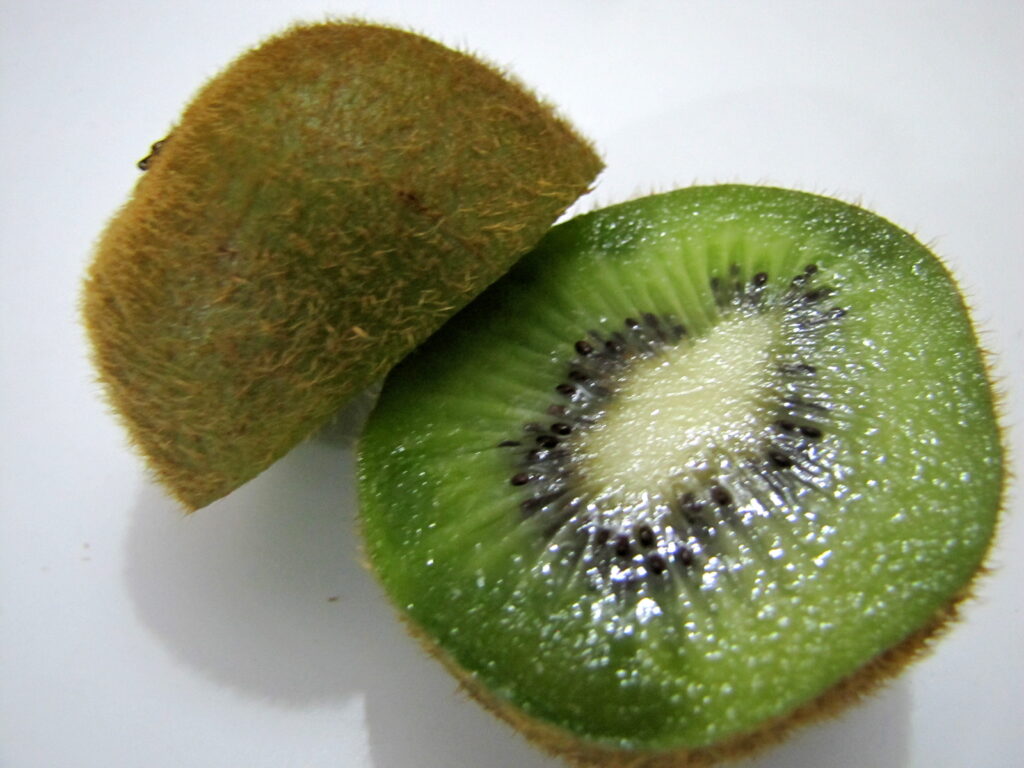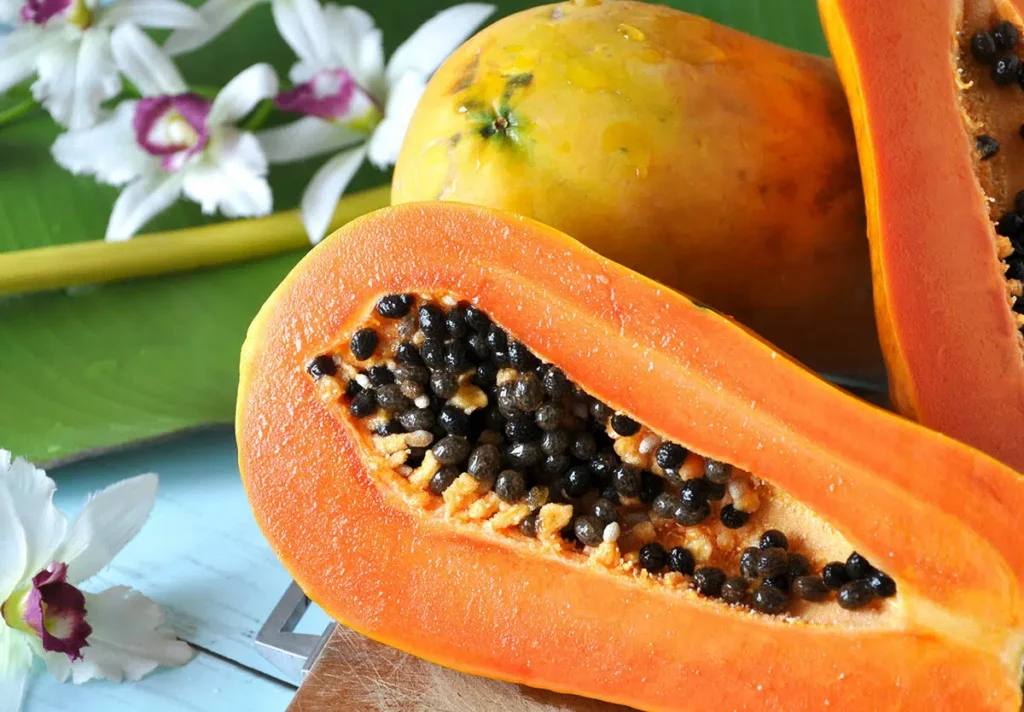Many people delight in chocolate, a treat that’s loved worldwide. Chocolate’s source, the cacao tree, is well-known, but confusion still lingers: is chocolate a fruit or a vegetable? The truth is, the answer isn’t as straightforward as you might think.
In this detailed piece, we’ll dig into how fruits and vegetables are defined from both scientific and culinary viewpoints. We’ll also examine the cacao tree’s unique features and discover how its seeds are transformed into the indulgent chocolate that so many of us savor.
Table of Contents
Exploring Fruits and Vegetables
First off, let’s define “fruit” and “vegetable.” From a science standpoint, a fruit is the part of a flowering plant that usually has seeds inside it. So, any plant part with seeds, like apples, oranges, and tomatoes, is technically a fruit.
Vegetables, in contrast, are all other plant parts we eat that aren’t fruits—like leaves (think lettuce), roots (like carrots), and stems (celery), for instance.
Cooks have their own way of looking at fruits and vegetables, often based on taste. Sweet-tasting plant parts generally get used in desserts and are called fruits in the kitchen. Vegetables, which are not as sweet, end up in savory meals. This is why tomatoes, though science calls them fruits, usually show up in savory recipes.
It can be tricky since the botanic definitions don’t always match up with how we use these foods in cooking. But by understanding these terms, we can better navigate the question of whether chocolate counts as a fruit or vegetable.
A Closer Look at the Cacao Tree
The cacao tree, scientifically known as Theobroma cacao, is a tropical evergreen that calls Central and South America its homeland. Though this tree can reach 10-15 meters tall, cacao trees farmed for their beans are generally kept smaller to make gathering their bounty easier.
Its fruits are pod-like and hefty, reaching up to 30 cm long and 15 cm across. Inside, each pod houses 20 to 60 seeds, often called cacao beans, surrounded by a sweet, whitish pulp. These beans, almond-sized, are what eventually become chocolate.
The cacao tree flaunts shiny, broad leaves that measure 20-40 cm long and 10-20 cm wide. Small, pale flowers sprout on the tree as well, relying on tiny insects called midges for pollination.
These trees thrive in warm, damp settings and need lots of rain and shade. They’re commonly planted with other crops, like bananas and coffee, creating a beneficial mix of plants called agroforestry.
While cacao tree anatomy is fairly straightforward—big pods full of seeds used for chocolate—the art of growing and harvesting cacao is anything but. It requires a deep understanding of farming techniques and a careful, precise approach.
Turning Cacao Into Chocolate
Creating chocolate is an intricate journey that transforms simple seeds into a luxurious treat. Here’s a breakdown of each step:
- Harvesting: The ripe cacao pods are picked by hand, typically twice every year.
- Fermentation: After removal from the pods, the beans are left in their pulp to ferment for a few days. Fermentation gets rid of the pulp and improves the beans’ flavor.
- Drying: Next, the fermented beans are laid out to dry in the sun. This lowers their water content and stops mold from forming.
- Roasting: The dried beans are then roasted, bringing out their rich flavor and smell.
- Grinding: The roasted beans are ground into a paste known as chocolate liquor, composed of cocoa solids and cocoa butter.
- Conching: Sugar and other extras are mixed with the chocolate liquor and heated and stirred (conching), making the texture smoother and the flavor deeper.
- Tempering: The mixture is cooled and reheated, a process called tempering, which results in a shiny, smooth texture.
- Molding: The tempered chocolate is poured into shapes, cooled, and allowed to solidify before it’s packaged for sale.
This chocolate-making process demands a vast amount of skill and knowledge, allowing chocolatiers to produce fine chocolate products for everyone to enjoy.
Final Verdict: Is Chocolate a Fruit or a Vegetable?
Since chocolate originates from the cacao bean, the seed of the cacao tree’s fruit, scientifically, chocolate is derived from a fruit. However, when talking about cooking, chocolate is seen as a sweet treat or confectionery, not exactly a fruit or vegetable.
That’s because cacao beans undergo a lot of processing, like roasting and grinding, and are combined with ingredients like sugar and milk to become the chocolate we’re familiar with. In light of this, chocolate is not typically classified as a fruit or a vegetable in the culinary realm. It’s something of its own, thanks to the elaborate process it goes through and the additional ingredients it contains.
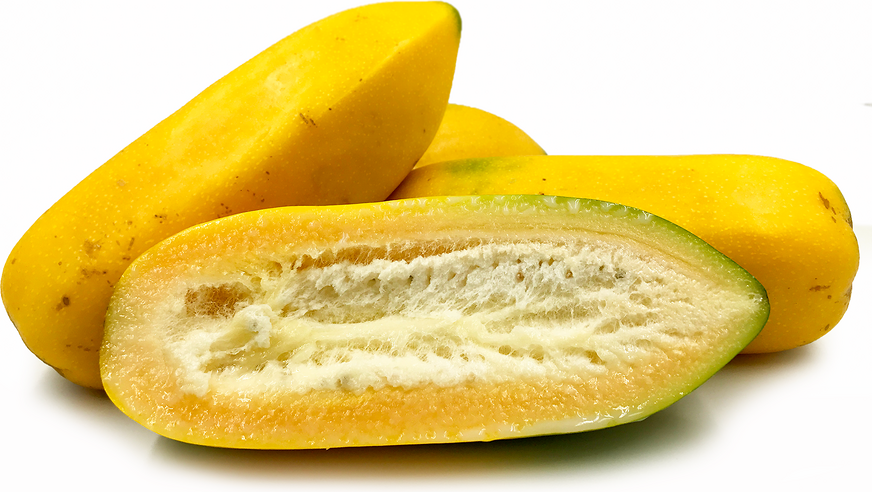

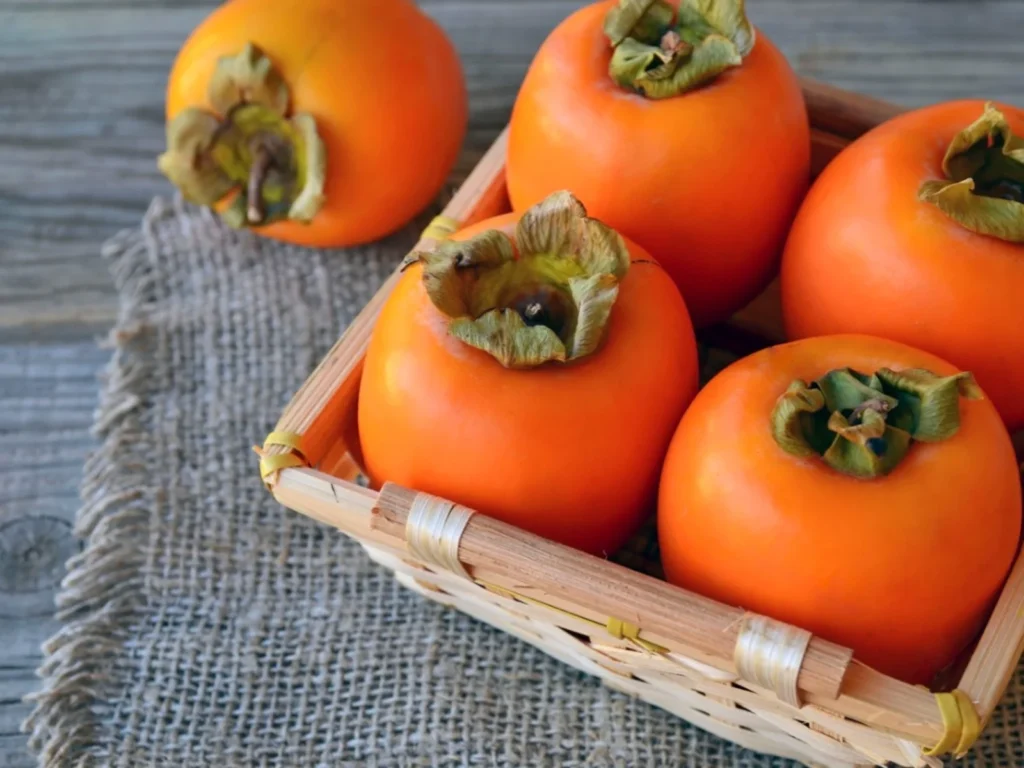
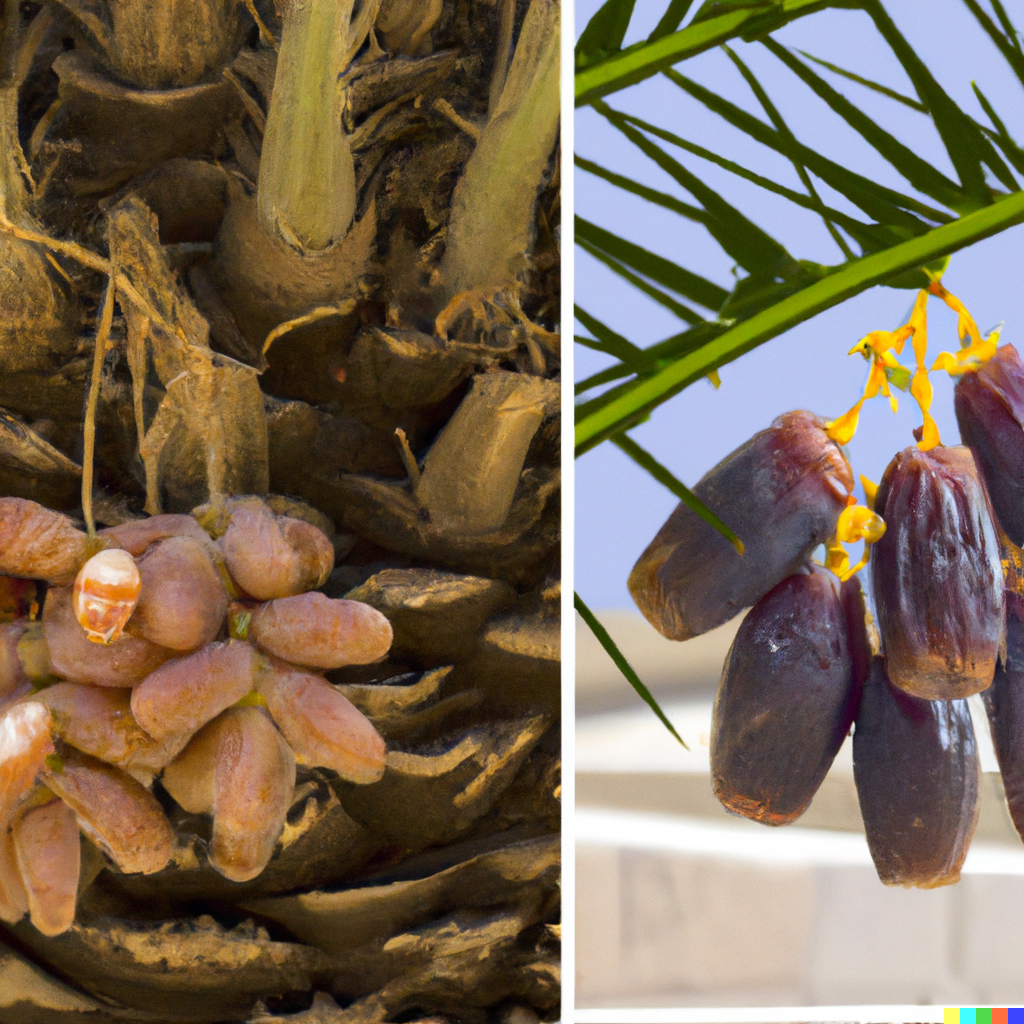
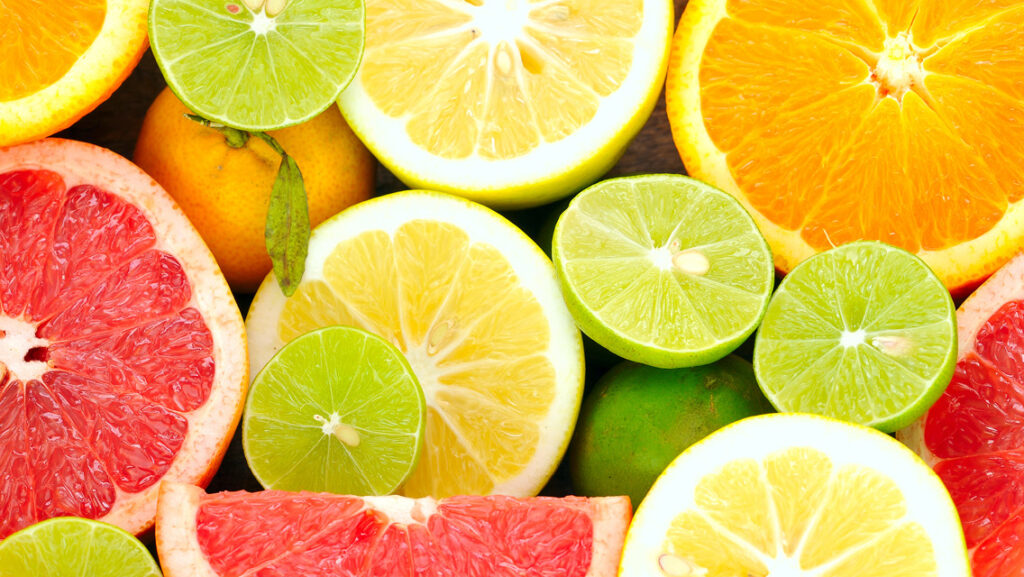
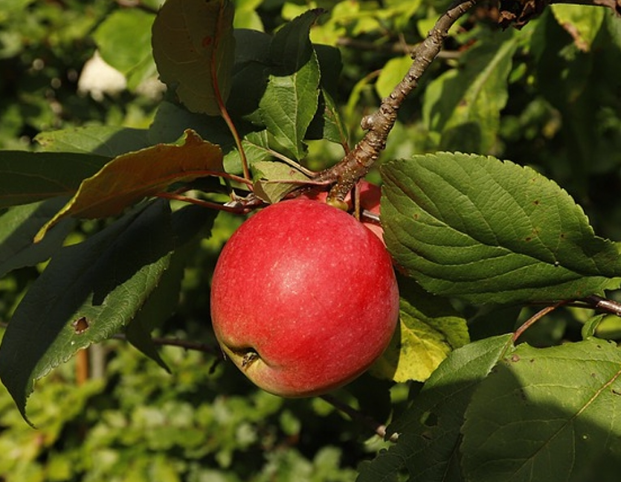
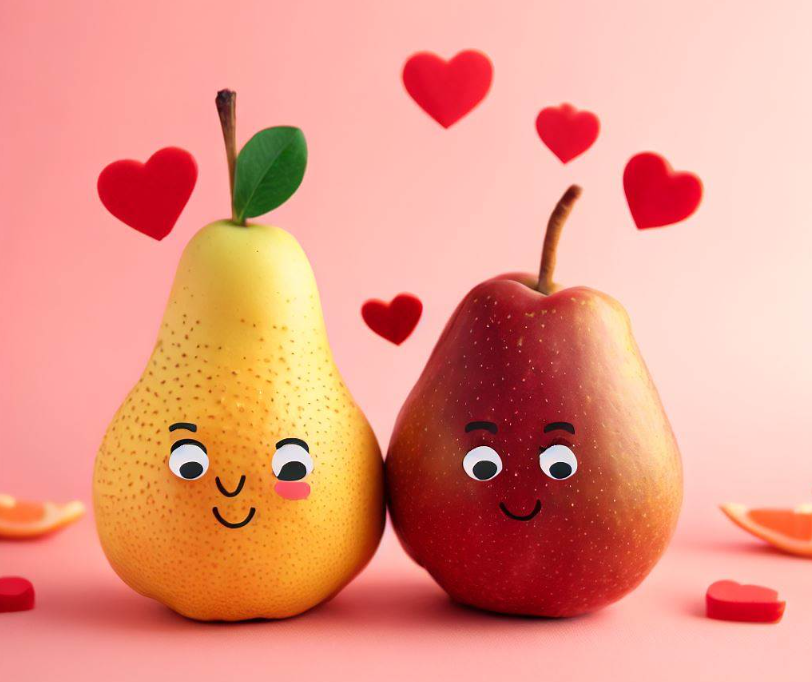
![FRUIT PICKING JOBS IN CANADA WITH FREE VISA SPONSORSHIP IN 2025 [APPLY NOW]](https://fruitonix.com/wp-content/uploads/2023/12/images-37.jpeg)
